Cilia and Flagella
Definition – Cilia and flagella are hair like micro tubular organelles projecting from the cell surface into the extra cellular medium and are concerned with cell motility.
Location of Cilia and Flagella - Only in some specific types of cell specifically in prokaryotic plant and animal cell they are observed. Eukaryotic cells are generally lack of cilia and flagella. In case of plants cilia are rare, whereas flagella are observed in the gametes of algae, aquatic fungi, bryophytes, pteridophytes, gymnosperm.
Origin of Cilia and Flagella - Both of these are originated from the basal bodies which in turn originate from the centrioles.
Utra Structure of Cilia and Flagella - Cilium and flagellum is made up of two major parts and two sub parts. Two major parts of cilium and flagellum are shaft and basal bodies. On the other hand two minor parts are ciliary rootlets and mastigonemes.
1. Shaft - It consists of basic microtubular structure called axoneme which is embedded in ciliary matrix and surrounded by ciliary membrane.
2. Basal Bodies - this part is under lying the cell membrane from where the cilium and flagellum originated. It is also called blepharoplast. It is composed of 9 peripheral microtubular structure.
3. Ciliary Rootlets - These are specialized striated structure present in rootlets in some animals that originated from the basal body and penetrate into the deeper layer of the cytoplasm. Ciliary rootlets may serve as an anchor for the basal body. It is very common in ciliated epithelium of lower animals and are absent in ciliated epithelium of mammals and the ciliated protozoans.
4. Mastigonemes - Mastigonemes are small hair like lateral append present on the shaft of some flagella.
Types of Cilia and Flagella:
Cilia can be of two types. They are –
Kinocilia – Motile and contains microtubular structure.
Stereocilia - they are nonmotile and are lack of microtubular structure.
Types of flagella are two types –
Tinsel type - It possess lateral whip like appendages.
Whiplash type - they do not contain lateral whip like appendages.
Functions of Cilia and Flagella - Both of these are associated with mainly locomotion. Different functions are –
1. Locomotion - Cilia and flagella both help in locomotion of invertebrates.
2. Feeding - Ciliary current carry the food particles which present in external fluid medium towards their digestive system for feeding of aquatic animals.
3. Respiration of Circulation - Animals that are lack of true blood vascular system, the coelomic fluid is kept circulating by ciliary movement.
4. Transport of materials - Rapid and rhythmical beatings help in transport of material like ovum in fallopian tube for fertilization.
5. Cleansing - Cilia in some places such as epithelial lining of vertebrates sweeps out the undesirable particles by and help to prevent entry within body.
6. Sensory Function - cilia bends to the auditory and vestibular receptors by the the pressure of fluid which bathe them to elicit respective sensation.
Questions and Answers on Cilia and Flagella:
1. What is the difference between prokaryotic flagella (present in bacteria) and eukaryotic flagella?
Flagella of bacteria are made up of protein called flagellin with width of 100 to 300 angstrom. On the other, flagella of eukaryotic cells are made up of protein called tubulin with diameter of 1000 to 3000 angstrom.
From Cilia and Flagella to HOME PAGE
Recent Articles
-
What Is Plasma? | Blood Plasma | Proteins | Nutrients | Cholesterol
Nov 07, 25 10:29 AM
Blood is a mobile fluid which is a connective tissue and is derived from the mesoderm like cell any other connective tissue. Colour of blood is reddish and that flows inside the blood vessels by means… -
Disorders of Respiratory System | Tuberculosis | Pleurisy | Emphysema
Oct 28, 25 11:39 PM
Tuberculosis is very common disease and is caused by a type of bacteria called Mycobacterium tuberculosis. This disease causes different trouble in the respiration and infection of several parts of th… -
Regulation of Respiration | Respiratory Centres | Inspiratory Area |
Oct 14, 25 12:13 AM
Respiratory Centre is the area that controls the rate of respiration and it is observed to be located in medulla oblongata and pons. Respiratory Centre has the following will dispersed components like… -
Explain Transport of Gases | External Respiration | Tissue Respiration
Oct 09, 25 11:35 PM
In humans gaseous exchange is completed in the following ways the steps are - External Respiration or Breathing - Breathing in false taking in of Oxygen and giving out of carbon dioxide in the body. M… -
Kind and Number of Teeth | Location of Teeth in Mouth | Care of Teeth
Sep 11, 25 12:52 AM
Kind and Number of Teeth
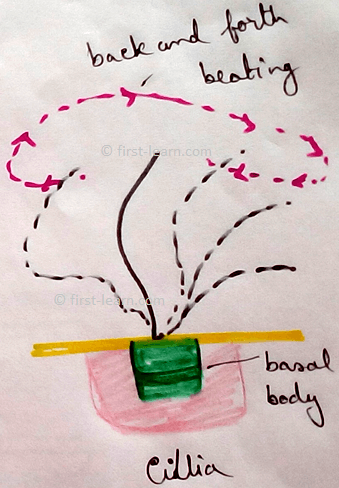
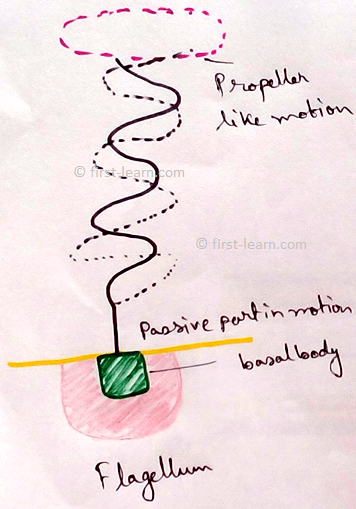
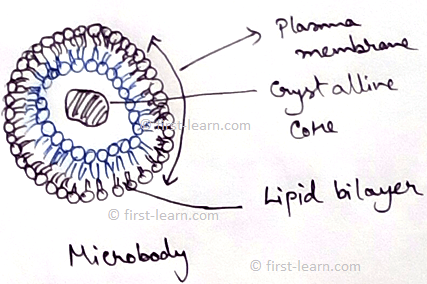
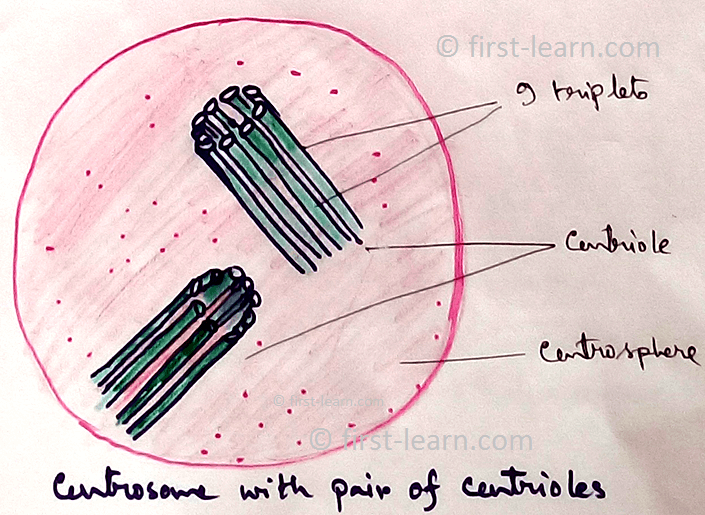
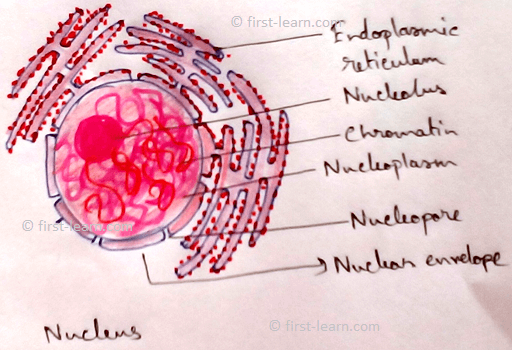
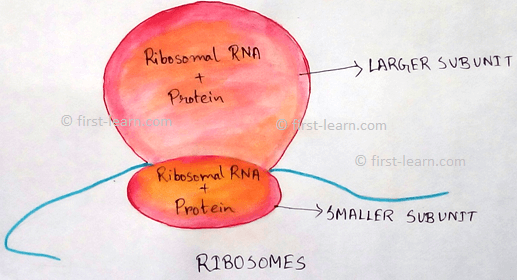
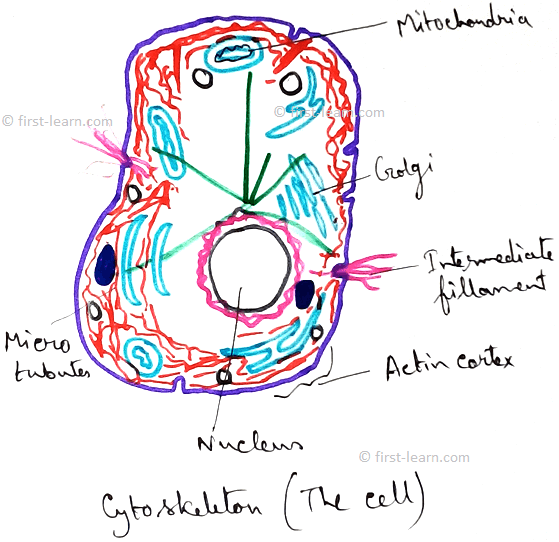
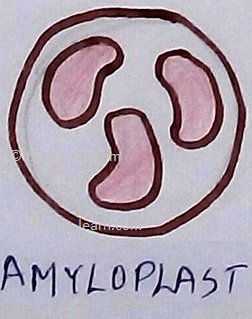

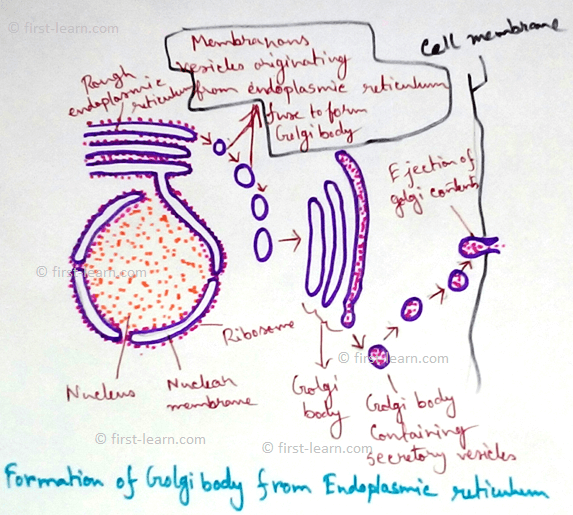
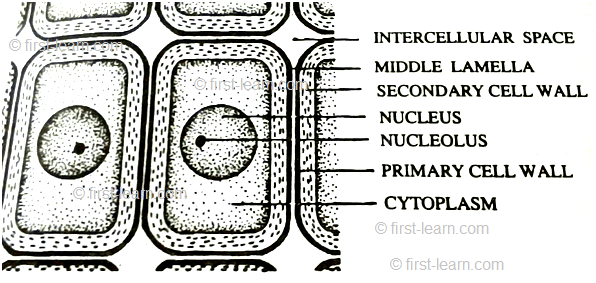

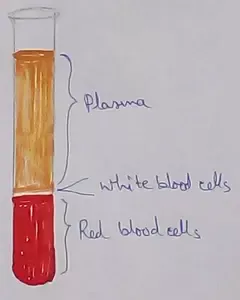
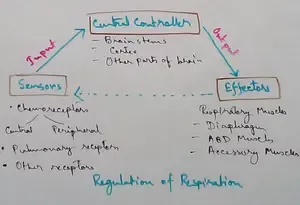
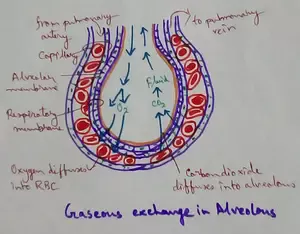

New! Comments
Have your say about what you just read! Leave me a comment in the box below.